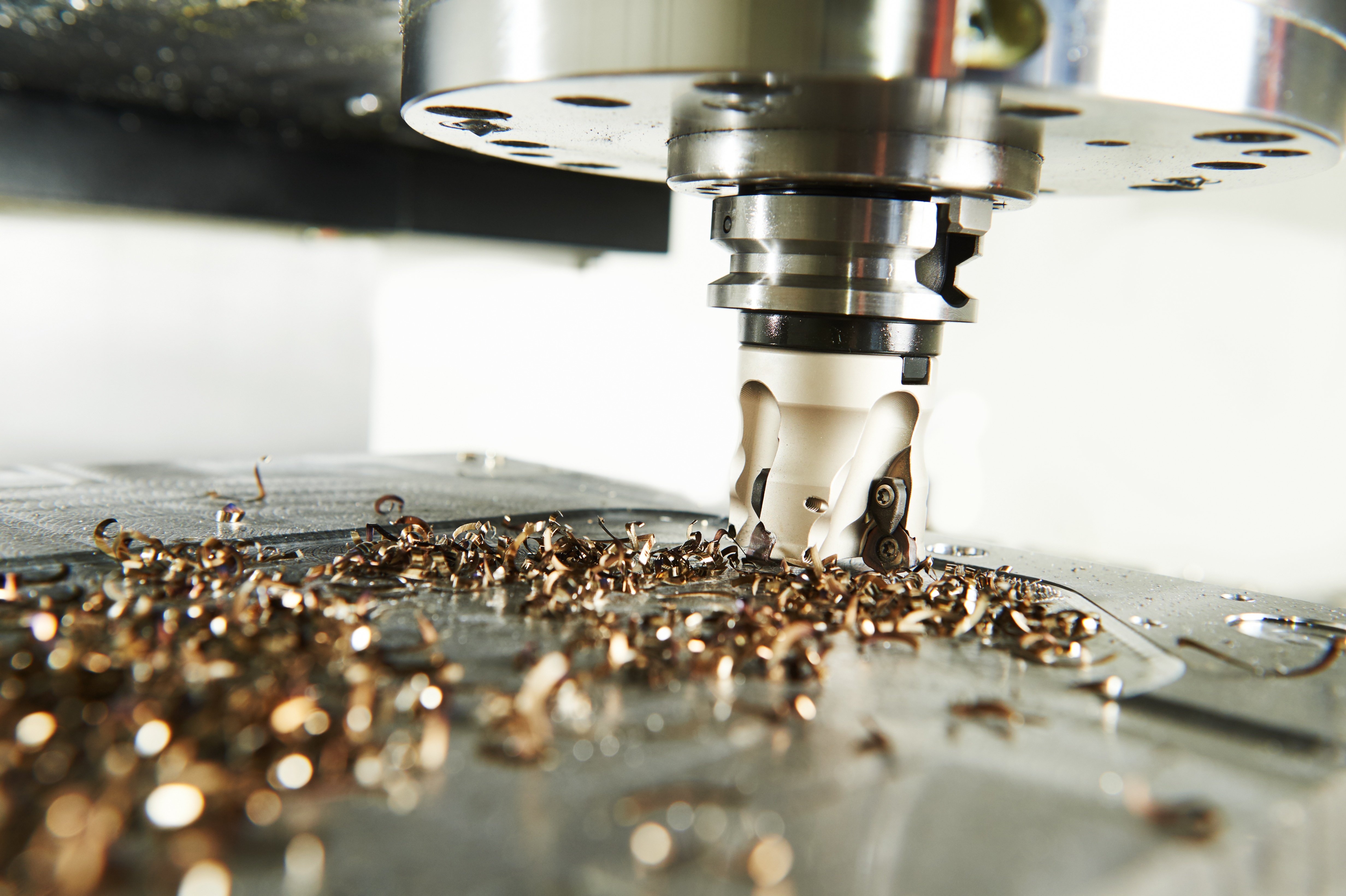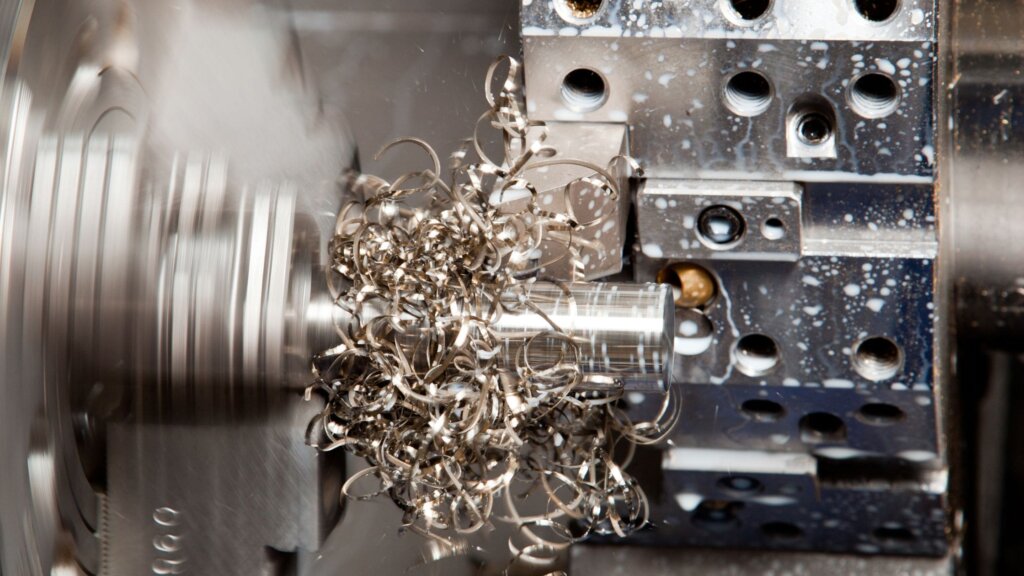Mastering the Art of Fasteners and Machining: Developments and Ideal Practices
In the world of commercial production and design, the proficiency of bolts and machining is a keystone of making certain architectural stability, performance, and longevity in various applications. As technology advances and needs for effectiveness and precision increase, remaining abreast of the most current advancements and finest practices in attachment and machining comes to be imperative. From the development of attaching modern technologies to the ins and outs of selecting the most appropriate materials, the landscape of modern-day manufacturing is continuously evolving. Join us as we discover the current advancements and look into the nuanced world of understanding fasteners and machining, uncovering crucial insights and approaches that can raise your approach to engineering solutions.
Evolution of Fastening Technologies
Throughout the commercial revolution and into the modern-day era, the development of attaching technologies has been marked by continual advancements in effectiveness and integrity. Fasteners, such as screws, rivets, and bolts, play a critical role in different markets, including auto, aerospace, building, and electronic devices. The demand for more powerful, more resilient, and easier-to-install fastening services has actually driven technology in the area.
One significant development has been the shift in the direction of precision machining techniques to create fasteners with greater resistances and exceptional performance. This change has enabled producers to generate bolts that meet rigorous quality standards and deal raised resistance to deterioration and fatigue.
Moreover, the intro of sophisticated products, such as titanium alloys and composites, has actually reinvented the capabilities of bolts. Fasteners and Machining. These products give outstanding strength-to-weight ratios, making them excellent for applications where minimizing weight is important without endangering structural integrity
Developments in Machining Methods
In the realm of industrial production, the constant evolution of machining approaches has actually paved the way for unprecedented accuracy and effectiveness in the manufacturing of fasteners. Among the significant advancements in machining techniques is the utilization of Computer Numerical Control (CNC) technology. CNC equipments supply unequaled precision and repeatability by permitting automated control of machining devices. This precise control makes it possible for suppliers to produce complex and intricate bolt layouts effortlessly.

Furthermore, the adoption of multi-axis machining facilities has made it possible for simultaneous cutting procedures from numerous angles, better enhancing performance and decreasing production times. By making use of these sophisticated machining methods, manufacturers can fulfill the increasing demand for premium fasteners while keeping cost-effectiveness in their operations.
Choosing the Right Bolt Materials
Picking the appropriate material for fasteners is an important decision that significantly affects the performance and durability of the put together parts. When selecting the appropriate fastener product, a number of variables should be thought about to make certain the toughness and reliability of the end product. The product selected ought to be suitable with the environmental problems the bolts will be revealed to, such as temperature variations, wetness levels, and destructive components.
Common products made use of for fasteners consist of stainless-steel, carbon aluminum, titanium, and steel, each offering distinct buildings that match different applications. Stainless steel, for instance, is known for its corrosion resistance, making it suitable for marine or outside settings. Carbon steel is an affordable alternative ideal for many general-purpose applications. Aluminum is lightweight and often made use of in industries where weight is an important element. Titanium, on the other hand, is corrosion-resistant and remarkably strong, making it suitable for high-performance applications.
Enhancing Accuracy in Machining
Accomplishing optimum accuracy in machining is vital for ensuring the top quality and performance of machined parts. Precision in machining describes the capacity to continually produce components within tight resistances and with high accuracy. To improve accuracy in machining, producers utilize a variety of sophisticated strategies and innovations. One trick method is using Computer Numerical Control (CNC) devices, which offer remarkable precision and repeatability compared to standard hand-operated machining methods. CNC makers are programmable and can implement complicated machining procedures with minimal human intervention, leading to higher precision degrees.
In addition to CNC machining, the use of innovative cutting devices and tool holders can also substantially boost accuracy. Top quality cutting tools with advanced finishes lower rubbing and wear, bring about more precise cuts and dimensional accuracy. Additionally, executing rigid quality assurance actions throughout the machining procedure, such as normal examinations and calibration of tools, aids keep constant accuracy levels. By focusing on accuracy in link machining, producers can achieve superior item high quality, tighter tolerances, and enhanced total efficiency of machined elements.

Best Practices for Fastener Setup
Accuracy in machining plays a crucial role in guaranteeing the dependability and long life of bolt installments. When it concerns best methods for fastener installation, one essential element is the appropriate choice of fasteners based on the particular application demands. Using the appropriate type, size, and material of fastener is important to ensure ideal performance and resilience. Fasteners and Machining. Additionally, it is critical to adhere to supplier standards and suggested torque values during the installment procedure to protect against over-tightening or under-tightening, which can lead to early bolt failure.
In addition, making sure go that the bolt strings are clean and free of particles before installment is crucial to achieving a safe and secure and efficient connection. Using thread-locking compounds or washing machines can also boost the stability of the fastener setting up. Regular assessments and maintenance of bolts post-installation are recommended to determine any possible issues beforehand and avoid pricey repair work or substitutes in the future. By adhering to these ideal practices, producers can enhance the honesty and performance of their bolt installments.
Conclusion
By picking the appropriate bolt materials and boosting precision in machining, makers can accomplish optimal outcomes in their operations. Overall, grasping the art of fasteners and machining entails continual technology and adherence to ideal techniques.
In the world of industrial production, the continual advancement of machining approaches has paved the means for extraordinary precision and efficiency in the manufacturing of fasteners.Accuracy in machining plays an essential role in ensuring the reliability and long life of bolt installments. When it comes to finest practices for bolt installation, one vital aspect is the correct option of bolts based on the specific application requirements. By picking the ideal fastener materials and enhancing precision in machining, producers can attain ideal results in their procedures. Generally, understanding the art of fasteners and go right here machining entails constant innovation and adherence to ideal practices.